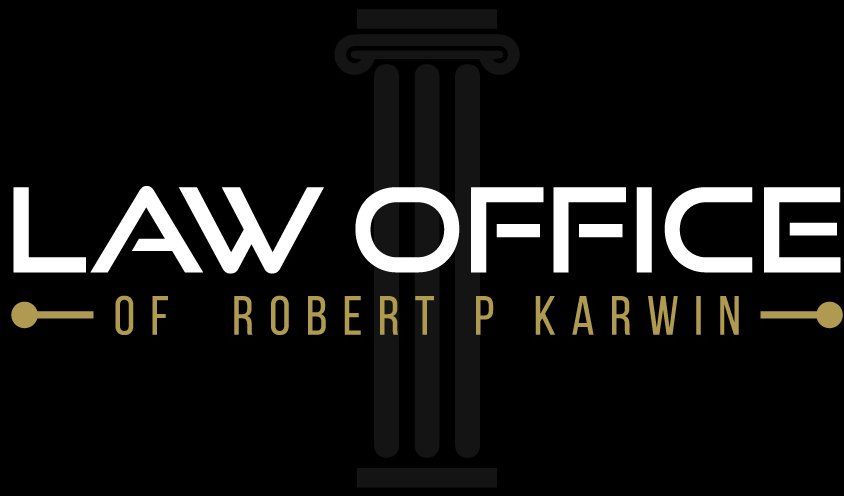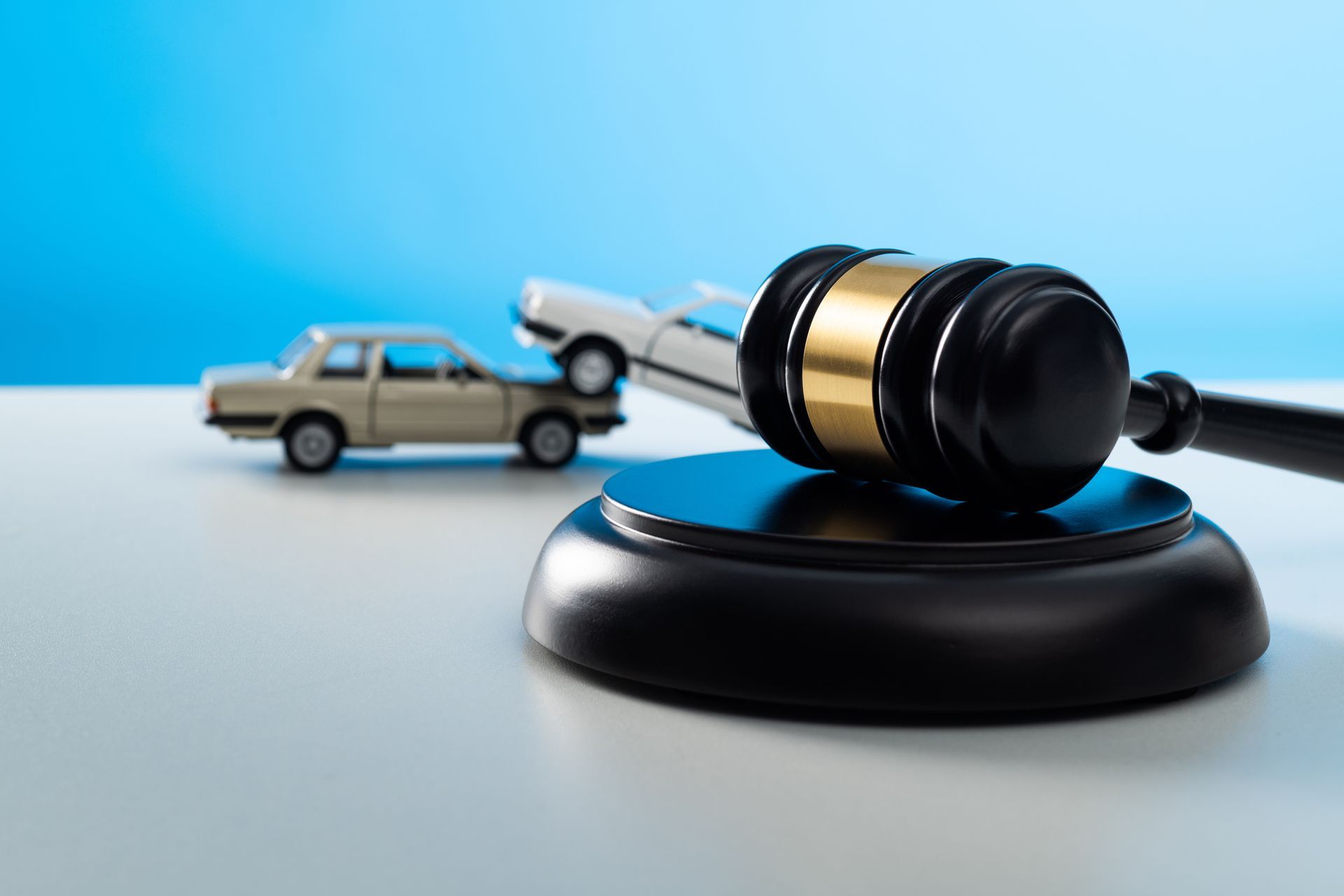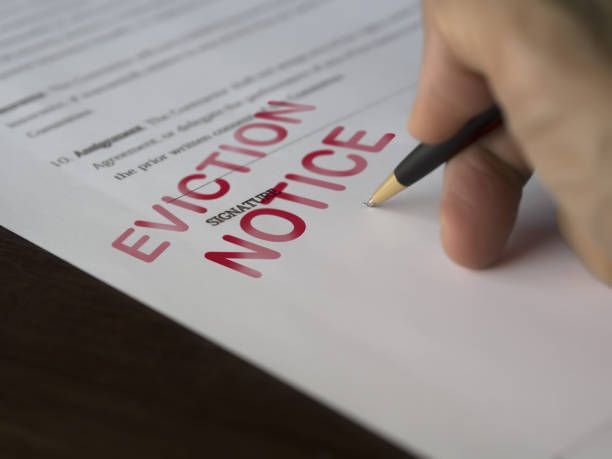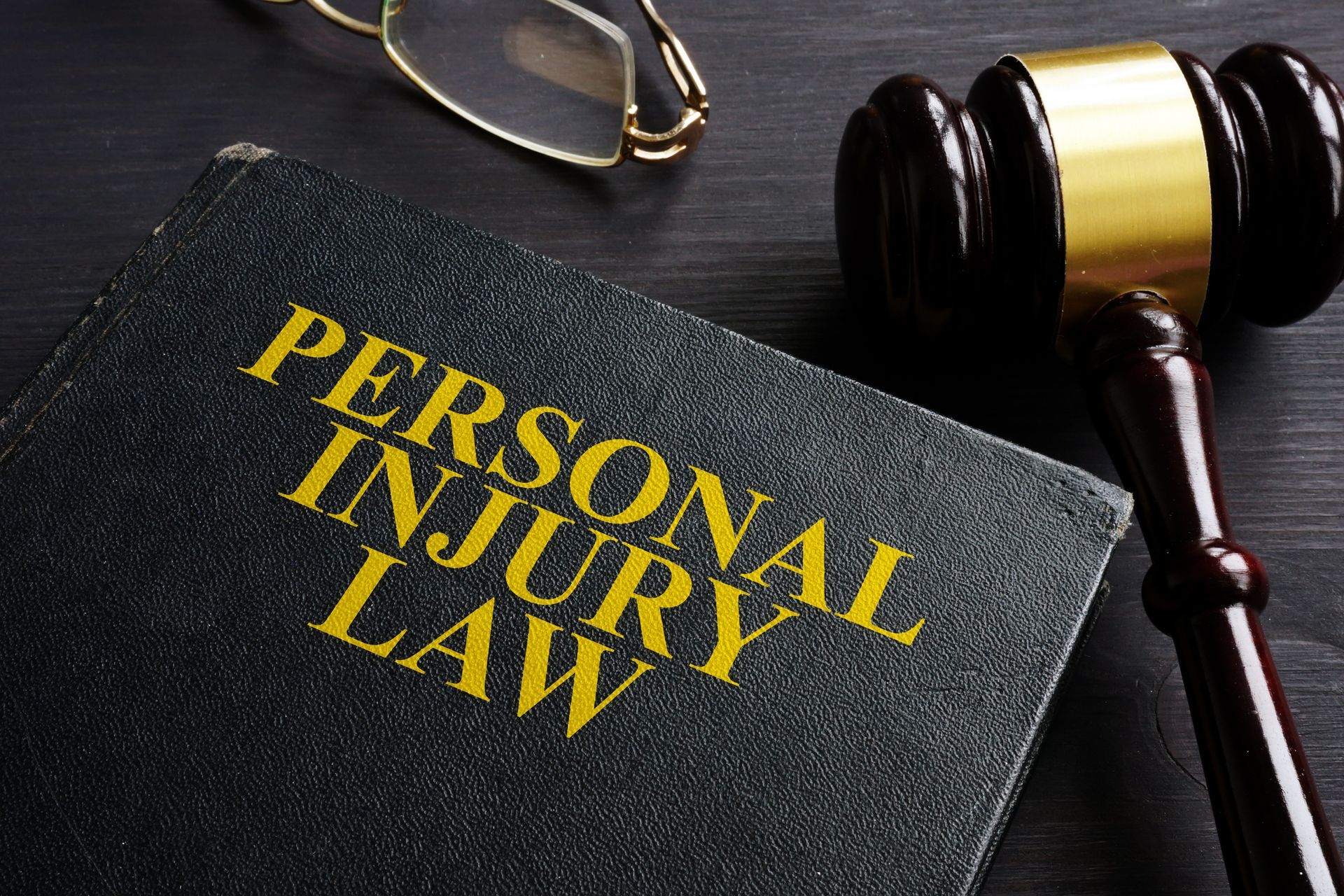Personal Injury Claims Versus Lawsuits: What's the Difference?
Admin • November 20, 2020
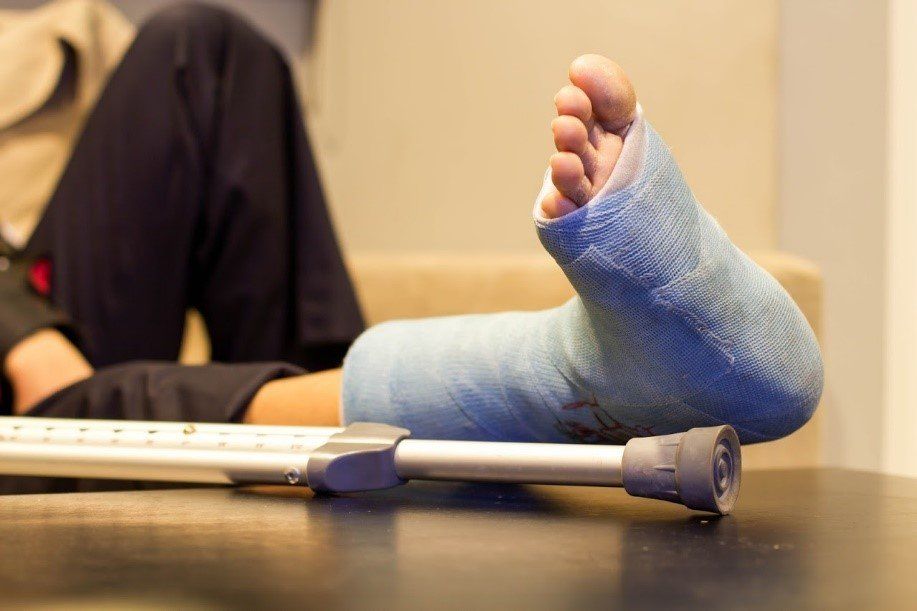
Have you been injured on someone else's property, at work, or due to someone's negligent or aggressive behavior? If so, then you may have a case to pursue compensation for that personal injury.
But the question that most in your position now face is how to pursue that compensation. The answer depends on many factors within your particular case as well as how that case proceeds. Here's what you need to know about both.
What Is a Personal Injury Claim?
A personal injury claim is actually a claim against some insurance carrier. The vast majority of personal injury cases start out in this manner because an at-fault party is covered by liability insurance. This includes property owners covered by their homeowners or business insurance, vehicle owners covered by liability auto insurance, and employers covered through workers’ compensation insurance.
To pursue a personal injury claim, you contact the relevant insurance carrier to report the incident. The insurance company will investigate your claim and determine if it’s covered. Then, you would need to negotiate with the insurance provider to determine a settlement amount. Once settled, the claim is closed and merits no further action.
What Is a Personal Injury Lawsuit?
If your case does not resolve in the “claims” stage, you may want to pursue it as a lawsuit. A personal injury lawsuit does not target an insurance company. In a lawsuit, the injured person(s) seek compensation in the form of legal damages from the party they allege to be at fault — regardless of whether it's a business, an organization, an individual, or even an agency. While some defendants' insurance coverage may help them, your lawsuit is against the responsible party.
Suing for personal injury damages is a more complex process than filing a claim and may require longer to resolve. Unlike many insurance claims, you and your attorney must first build a case establishing that the other party is, in fact, legally responsible for your injuries.
As with claims, you may then negotiate with the other side to find a settlement number that both can agree on. If that fails, both sides then make their case to a judge, who will determine how much (if any) is awarded.
Can Both Situations Occur?
Many personal injuries start as a claim and then become a lawsuit. The reason is that insurance carriers generally offer low settlements to injured parties. While you have some wiggle room when negotiating with a big insurance company, it's harder than most people may realize. When negotiations reach an impasse, you may be forced to pursue legal damages instead, making your case to a judge.
In addition, some injuries or causes are outside the scope of an insurance claim. If a driver doesn't carry liability insurance, for example, there is no coverage to make a claim against. If the insurance carrier denies the claim, you may have to sue a homeowner or driver directly. And if your injuries are severe enough to reach the limit of what insurance will pay, a lawsuit may be necessary.
How Should You Decide Your Path?
The right route for your personal injury compensation depends on the unique circumstances in which it occurred. It may be relatively simple to identify who is at fault and negotiate an appropriate settlement. Or it may be more complicated and call for resolution by an independent third party through a lawsuit.
The best way to determine your next step is to meet with an experienced personal injury attorney in your state. Those who need legal help in California can call the Law Office of Robert P. Karwin. Contact us today to make an appointment and learn where to go next.
